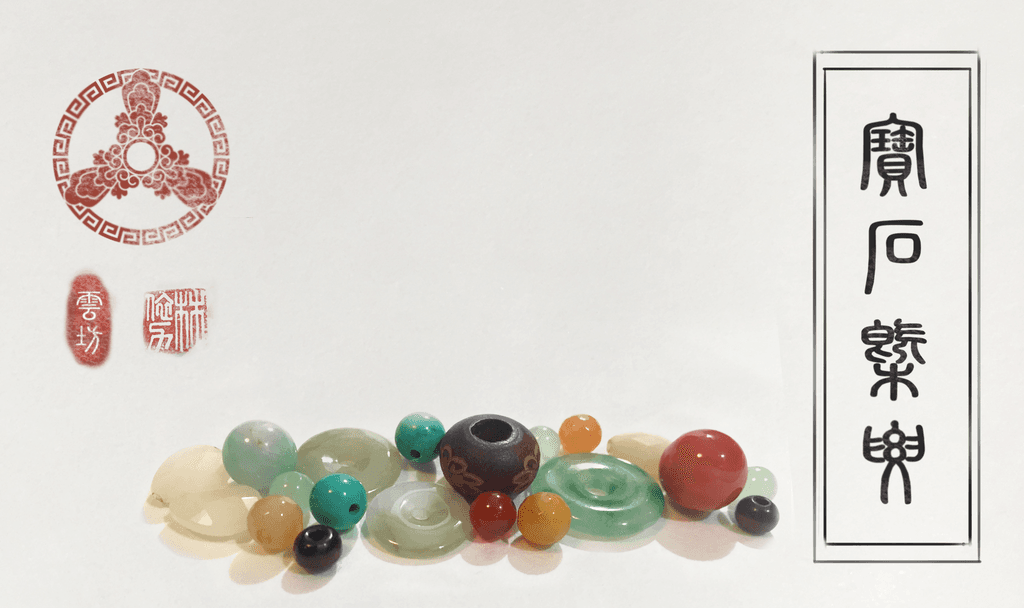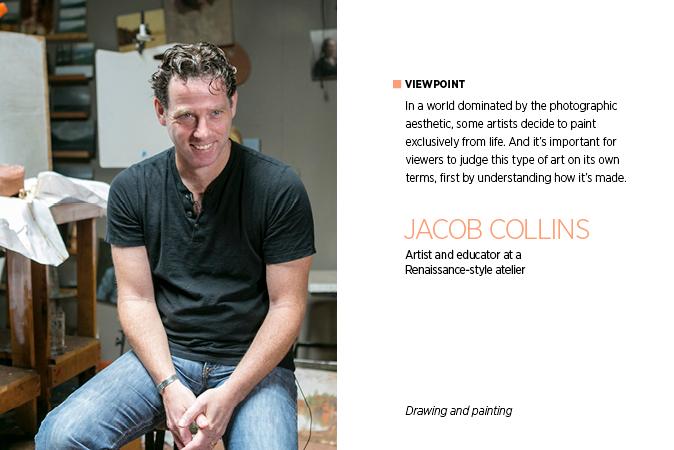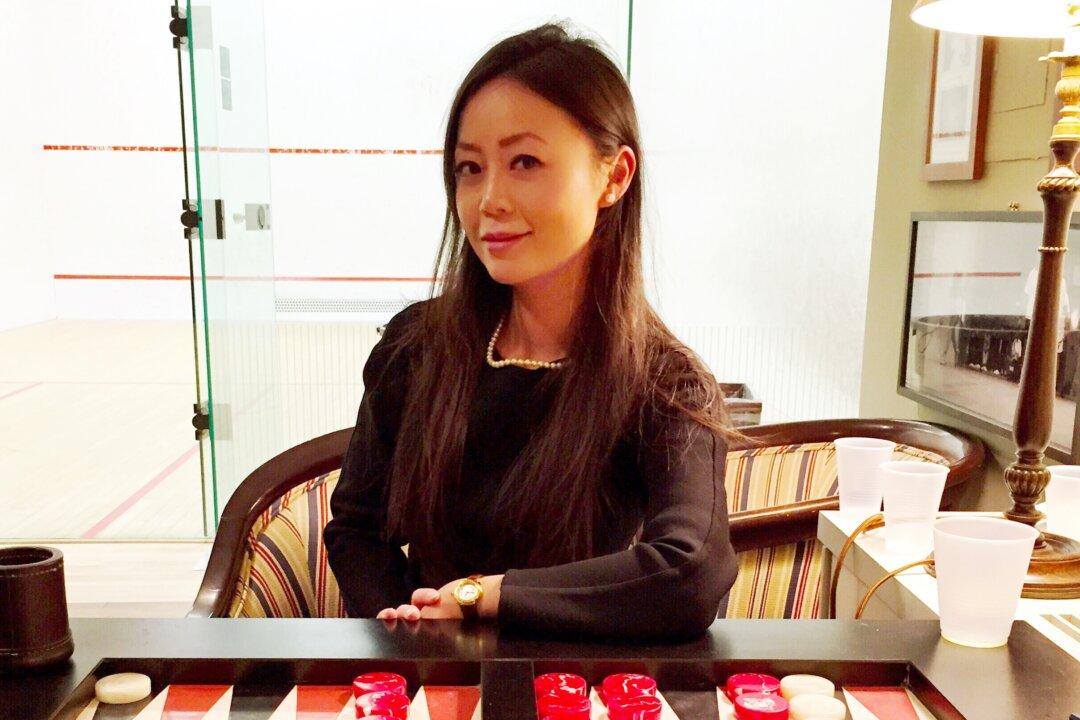This is part 2 of a 9-part series. To see the full series, see At the Confluence
The increasing prevalence of photography has fundamentally changed the way representational art is created and perceived in the modern day. At the Confluence examines how some of today’s artists have responded to the shift.
NEW YORK—If you ask Jacob Collins about how photography changed painting, he'll give you a long and methodical history lesson that begins with the Renaissance, weaves in and out of the ateliers, and ends with the present day.
Collins grew up in the 1970s, inexplicably drawn to Renaissance art, and felt a “tremendous sense of loss for the Renaissance arc,” Collins said at an April 3, 2014, talk he gave at the Dahesh Museum Gift Shop.
“[I was] outraged at its lack of continuity, even more so by the consistency at which I was discouraged from pursuing it.”








